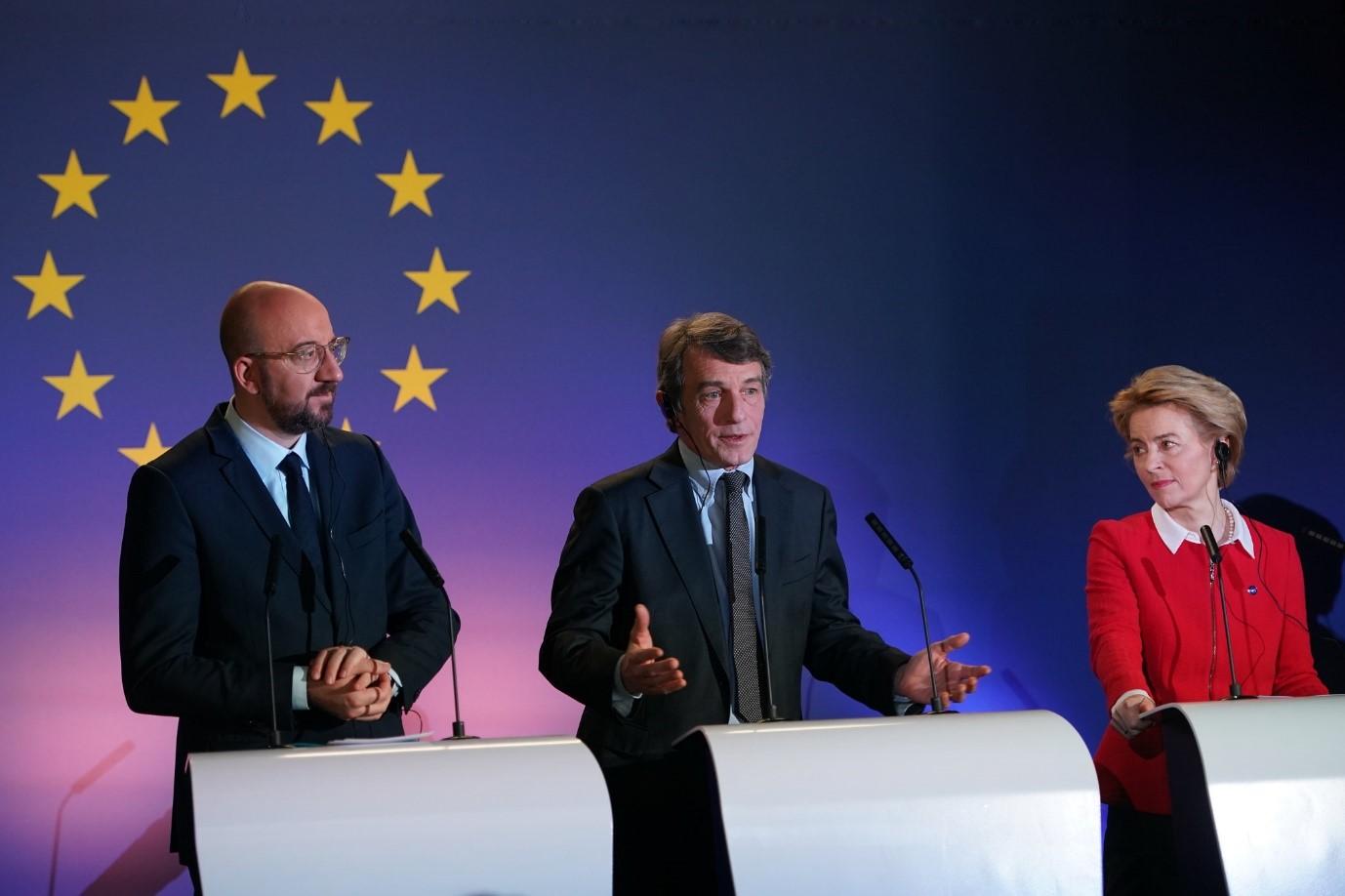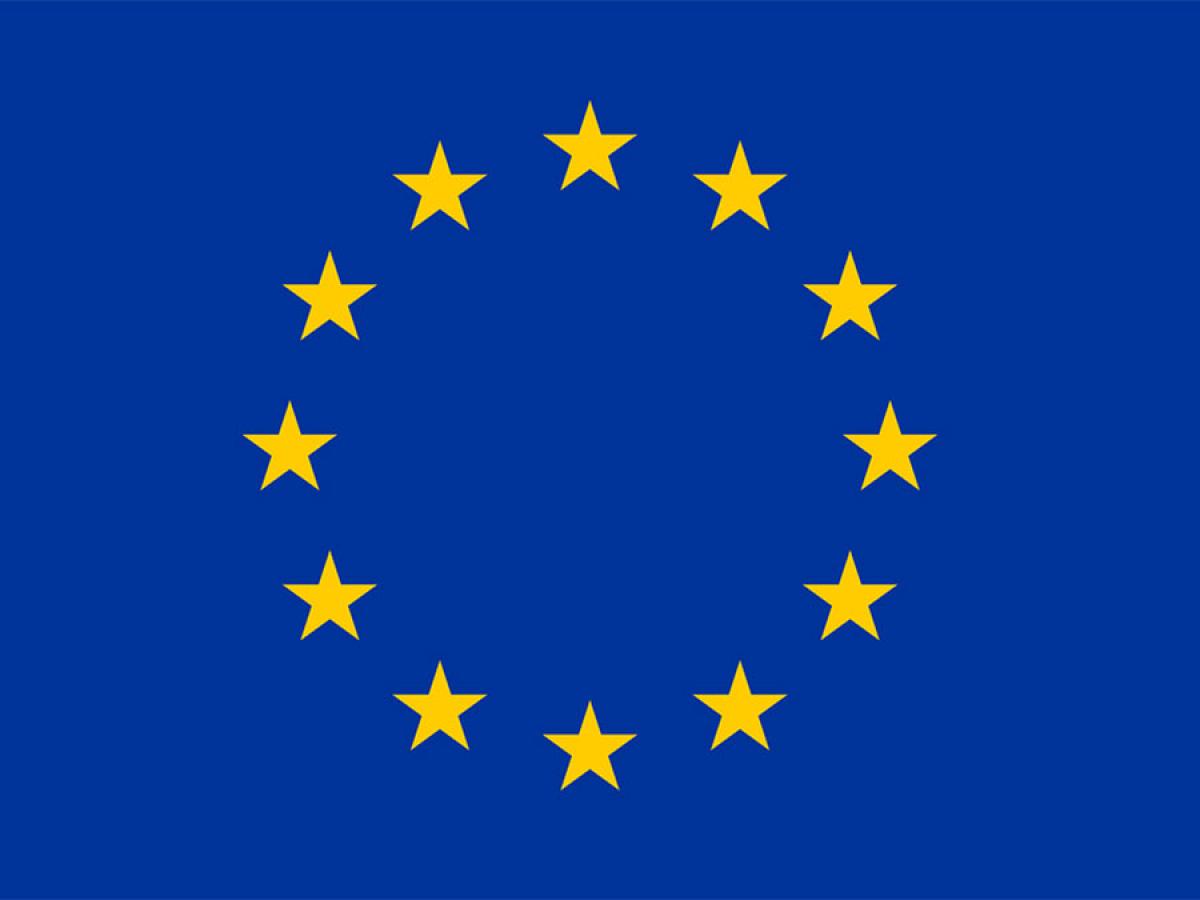Pursuing an Open Strategic Autonomy trade policy against China: Expect policy fluidity

The EU’s Open Strategic Autonomy policy approach was first revealed under the Commission’s recovery plan post-Covid, which was released in May 2020.
In relation to the trade aspect, this approach means to reorient the EU towards:
1) Open for business
2) Self-reliant in a number of strategic areas, and protection from unfair practices that cause distortions in the single market
3) Independent and assertive to pursue its own interests, while continuing to work with partners around the world to deliver global solutions to global challenges.
Two inferences are possible from the above. One is that the EU will be compelled to perform some balancing acts when undertaking the Open Strategic Autonomy approach since: the single market is expected to remain open and yet protective; the EU would be independent and assertive while also seeking cooperation with partners around the world; and lastly, the EU would pursue its own interests while at the same time supporting global solutions.
A second inference is that the Open Strategic Autonomy policy approach would be issue-based since things are rarely black and white. Therefore, circumstance will play the role of a variable before the EU can work out a particular reckoning.
Values and interests are central to this equation because the EU’s trade policy is anchored to both metrics. With a trade partner like China, with which the EU shares many interests but few values, finding the appropriate balance will require careful examination of the circumstances of a particular issue.
After next discussing the factors driving the development of Open Strategic Autonomy, it is suggested that policy fluidity is likely when the EU pursues its value-interest anchored trade autonomy strategy against a partner such as China. Then it is argued that the EU-China Comprehensive Agreement on Investment (CAI) agreed in principle on 30 December 2020 represents a moment of EU Open Strategic Autonomy in action, one where values overruled interests.
Background
The events driving the EU’s policy goals as encapsulated within Open Strategic Autonomy include:
1) Covid-19 pandemic for the sudden surge of demand for medical equipment, such as ventilators;
2) Serious challenges posed by China’s trade policies and practices, and;
3) US-China tensions, including trade, with the EU is determined to frame its own approach.
When the EU’s shortage of medicines and medical equipment as well as its dependency on India and China for supply were exposed by the Covid-19 pandemic, ensuring “self-resilience” in strategic sectors became more urgent for the EU.
With regard to trade relations, the EU finds its open markets are not reciprocated by China, for example in public procurement activities. The EU has been equally aggrieved by China’s unfair trade practices, including industrial subsidies, which can cause market distortions and jeopardise the order of the single market. Additionally, based on the presumption that the EU and China are systemic rivals, in certain EU strategic sectors “national security” has become an oft-used lever to open/close the EU market. The EU 5G toolbox is thus a case in point.
In the same breath, the overall EU-China relationship is multifaced. There are examples of trade reciprocity and mutual benefits, such as on agri-food and geographical indications. Aside from viewing China as a “systemic rival” promoting different governance models, the EU simultaneously has pledged to cooperate and engage with China on many issues, such as security, multilateralism and climate change. There are more than 50 bilateral economic and sectoral dialogues on trade and trade-related sustainable development issues in various forms and intensities between the EU and China, which serve as cooperation platforms.
Policy tools
Against this backdrop, the EU has been adjusting its policies on two fronts to roll out its Open Strategic Autonomy goal. Firstly, strengthening the internal market by updating its industrial policies in order to uphold the order of the single market, and by safeguarding national security and public order to protect the EU’s strategic sectors. Secondly, on external cooperation the EU has laid out a two-dimensioned approach, namely cooperation with China on issues of common interest, and cooperation with “like-minded” countries on the relevant “China issues”.
Trade policy fluidity: A question of values or interests
When the Union exercises its Open Strategic Autonomy in trade it will likely need to make trade-offs between values and interests, so that a degree of policy fluidity may be expected. The EU’s eventual policy choice will depend on the specific trade issue and related context.
For example, in relation to the 5G rollout in Europe, which involves not only national security but also technology and other trade activities such as public procurement, the EU has largely prioritised values over interests. As a result, Huawei has being side-lined. However, as far as cooperation on space technology is concerned, interests have thus far outweighed values, even though China is described by the EU as “a competitor in the pursuit of technological leadership” and the EU has designated the space industry as a strategic sector. In this instance, Europe’s autonomy in accessing space is expected to be reinforced, yet it is keen to cooperate with China because of a strategic need to learn from China’s space technology as it stands now in the world’s forefront. In November-December 2020, the European Space Agency supported the Chinese lunar mission to track the spacecraft during its take-off and landing, and provided on-call back-up for China’s own ground stations.
There are many more examples of EU-China technological cooperation. For instance, China’s Tencent provides BMW an advanced and integrated technology platform for autopilot development, and China’s Navinfo is developing high definition map services for BMW. Policy fluidity may result in policy inconsistency, and following that the EU’s like-minded partners may be caught off-guard when interests become paramount. Having concluded the CAI at the end of 2020, the EU and China have materialised their shared political objectives, but at the cost of undermining the US-EU relationship, given that the EU ignored Washington’s plea for “consultation and transparency”.
Yet with China overtaking the US to become the EU’s biggest trading partner in 2020, the latter’s need to balance values and interests when pursuing trade policy will only become more difficult. On this occasion, the CAI’s conclusion may very well be hailed as a moment for the EU’s strategic autonomy, when the Union pursued its own interests independently and assertively. It may also be viewed as a moment where values overruled interests as the price for enhanced market access for EU businesses in China.
Weinian Hu is Research Fellow at the Centre for European Policy Studies, Belgium.
The views expressed here are the author’s, and may not necessarily represent the views of the Institute for International Trade.
Photo credit: European Parliament
The European Commission's support for the production of this publication does not constitute an endorsement of the contents, which reflect the views only of the authors, and the Commission cannot be held responsible for any use which may be made of the information contained therein.

With the support of the Erasmus+ Programme of the European Union
This work is licensed under Commons Attribution-NonCommercial-NoDerivatives 4.0 International License.
IIT is a global leader in researching, analysing and commenting on International Trade.
Stay informed about our up-and-coming seminars, events, publications, awards, new projects and collaborations, and other exciting news.
